Part 1: Plant Interactions
This is a brief intro to Plant-Insect Interactions. All damage type images shown today will be from Glossopteris (obvious reasons https://abs.twimg.com/emoji/v2/... draggable="false" alt="😊" title="Lächelndes Gesicht mit lächelnden Augen" aria-label="Emoji: Lächelndes Gesicht mit lächelnden Augen">) taken by me, Cariglino and Gutiérrez (2011) and (Prevec et al. 2009) (1/18)
https://abs.twimg.com/emoji/v2/... draggable="false" alt="😊" title="Lächelndes Gesicht mit lächelnden Augen" aria-label="Emoji: Lächelndes Gesicht mit lächelnden Augen">) taken by me, Cariglino and Gutiérrez (2011) and (Prevec et al. 2009) (1/18)
#FossilFriday #Fossil #paleoart #phdchat
This is a brief intro to Plant-Insect Interactions. All damage type images shown today will be from Glossopteris (obvious reasons
#FossilFriday #Fossil #paleoart #phdchat
Last time on Keeping Up with The Plant Detective (2/n) https://twitter.com/UdeMischa/status/1281592134420836352?s=20">https://twitter.com/UdeMischa...
Recognizing insect-damage on Glossopteris leaves is less problematic than in other typical elements of a Glossopteris flora, such as lycophytes, ferns, sphenophytes, and cordaitaleans. (3/n)
#FossilFriday #Botany2020 #botany #blackafinstem #scicomm
#FossilFriday #Botany2020 #botany #blackafinstem #scicomm
This is in part due to the fact that Glossopteris leaves are broad, spatulate, and with entire margins; thus, identification of potential biotic damage is easier than in, for example, small fern pinnules. (4/n)
Plant-insect interactions have been described across Gondwana: Antarctica, Australia, South America, South Africa, and India. Broadly, leaf damage has been identified as the product of insect attacks during the life of the plant. (5/n)
*I hate this map. Tell you some other time
*I hate this map. Tell you some other time
The principal links between modern and fossil studies of plant damage are through studies of plant pathology and plant-insect interactions, which require knowledge of disease inflicting organisms, plant host responses, and arthropod and nematode vectors. (6/n)
For about 425 million years, the direct evidence of these three major elements of plant pathology has been recorded in the fossil evolutionary archive of plant damage. (7/n)
Phytophagy is known to occur in 2 different way: detritivory, i.e., consumption of dead plant matter; or herbivory or consumption of plant tissue while the plant is still alive. (8/n)
In order to distinguish detritivory and any other form of plant damage (i.e., fungal activity, physical trauma) from biotic damage produced during life of the plant (i.e.herbivory), fossil material must bear an injury reaction, also known as tissue reaction or rim reaction. (9/n)
In relation to leaf damage, diverse types of insect-plant interactions have been defined and organized in series of different functional feeding groups, as well as oviposition, and fungal attack. (10/n)
By the Permian, several distinctive herbivory damage types (see Labandeira et al., 2007) were present on Glossopteris leaves, i.e., external foliage feeding, piercing-and-sucking, galling, and oviposition. Let’s look at general examples. (11/n)
Evidence for primary colonization of foliar surfaces and secondary pathogenic invasion of tissues resulting from insect herbivory on glossopterid plant hosts (12/n)
Conti. Systemic fungal alteration of foliar tissues associated with extensive ovipositional damage (DT136) between the leaf midrib and margin (13/n)
(E) Glossopterid leaf exhibiting margin feeding and hole feeding (DT02) with thickened reaction rims at edge excisions associated with possible secondary fungal damage. (F) Enlargement of external damage area in (E), showing possible fungal damage at arrow. (14/n)
Suggested potential external foliage feeders in the Early to Late Permian, including taxa referable to Protorhtoptera, Orthoptera, and Caloneurodea, Coleoptera, and Homoptera. (15/n)
Plants and insects have been interacting in complex ways for hundreds of millions of years. Fossil leaf assemblages are thus good opportunities to survey responses of plant-insect interactions to climate variations over the time. (16/n)
This potentially extended record houses evidence for environmentally induced disorders as well, such as extreme temperature traumas and moisture and nutrient deficiencies in plants, particularly in foliage. (17/n)
This thread is brought to you by Aviwe and Bari @barix10
Next week we go into detail about galls and ovipositions https://abs.twimg.com/emoji/v2/... draggable="false" alt="😊" title="Lächelndes Gesicht mit lächelnden Augen" aria-label="Emoji: Lächelndes Gesicht mit lächelnden Augen">
https://abs.twimg.com/emoji/v2/... draggable="false" alt="😊" title="Lächelndes Gesicht mit lächelnden Augen" aria-label="Emoji: Lächelndes Gesicht mit lächelnden Augen">
Next week we go into detail about galls and ovipositions

 Read on Twitter
Read on Twitter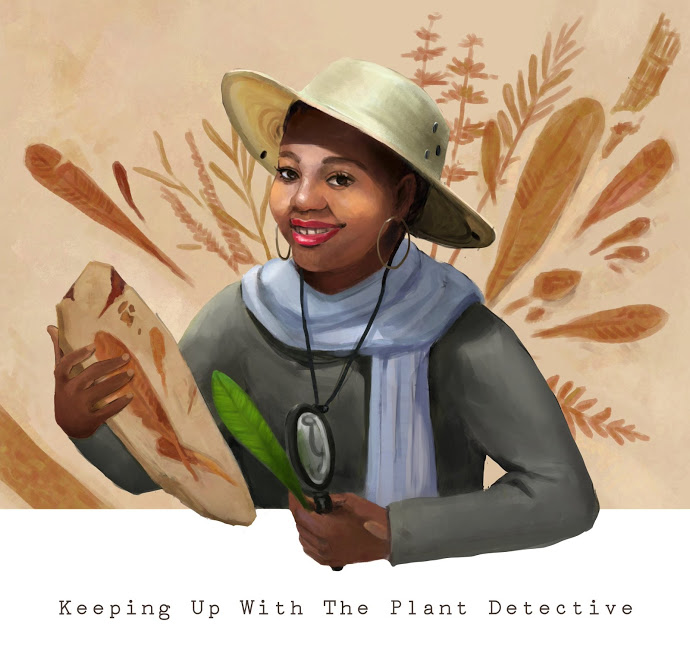 ) taken by me, Cariglino and Gutiérrez (2011) and (Prevec et al. 2009) (1/18) #FossilFriday #Fossil #paleoart #phdchat" title="Part 1: Plant InteractionsThis is a brief intro to Plant-Insect Interactions. All damage type images shown today will be from Glossopteris (obvious reasons https://abs.twimg.com/emoji/v2/... draggable="false" alt="😊" title="Lächelndes Gesicht mit lächelnden Augen" aria-label="Emoji: Lächelndes Gesicht mit lächelnden Augen">) taken by me, Cariglino and Gutiérrez (2011) and (Prevec et al. 2009) (1/18) #FossilFriday #Fossil #paleoart #phdchat" class="img-responsive" style="max-width:100%;"/>
) taken by me, Cariglino and Gutiérrez (2011) and (Prevec et al. 2009) (1/18) #FossilFriday #Fossil #paleoart #phdchat" title="Part 1: Plant InteractionsThis is a brief intro to Plant-Insect Interactions. All damage type images shown today will be from Glossopteris (obvious reasons https://abs.twimg.com/emoji/v2/... draggable="false" alt="😊" title="Lächelndes Gesicht mit lächelnden Augen" aria-label="Emoji: Lächelndes Gesicht mit lächelnden Augen">) taken by me, Cariglino and Gutiérrez (2011) and (Prevec et al. 2009) (1/18) #FossilFriday #Fossil #paleoart #phdchat" class="img-responsive" style="max-width:100%;"/>
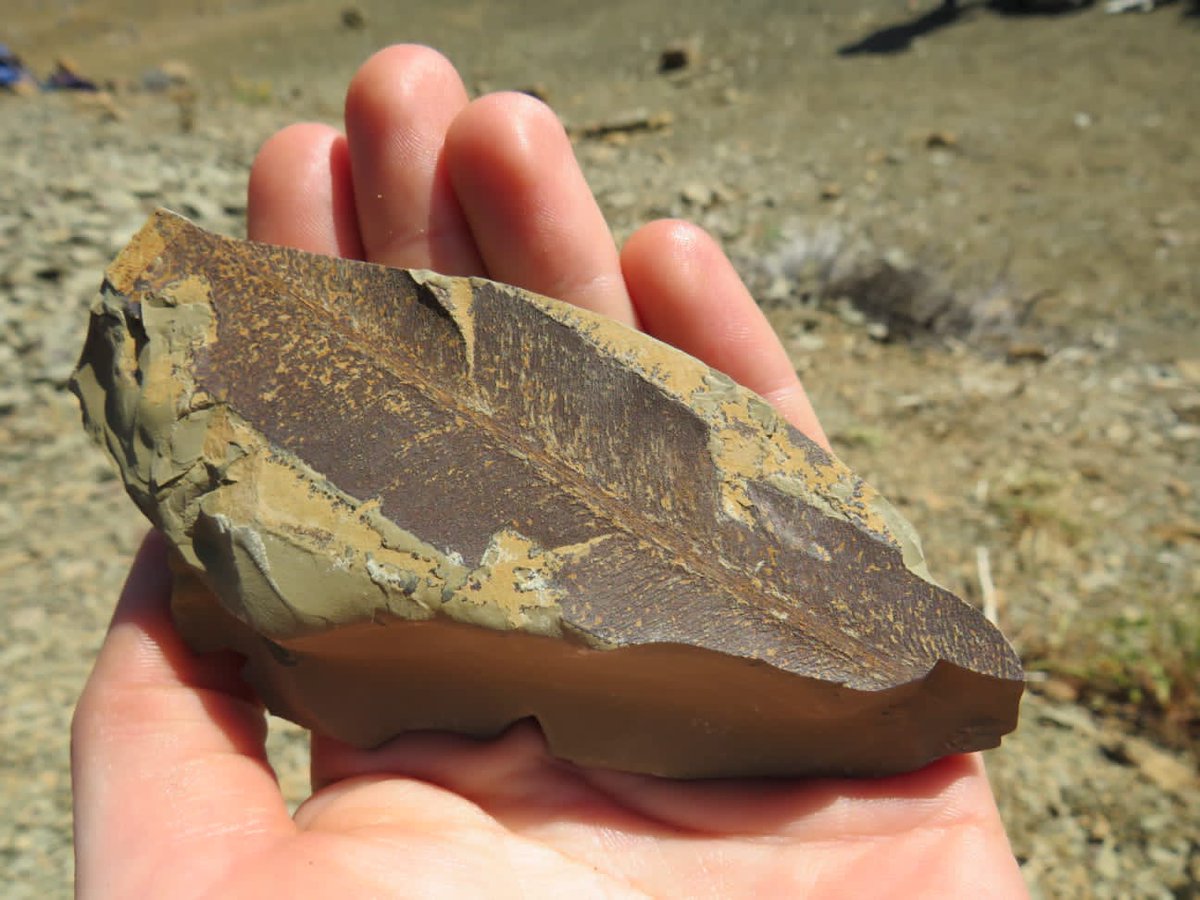
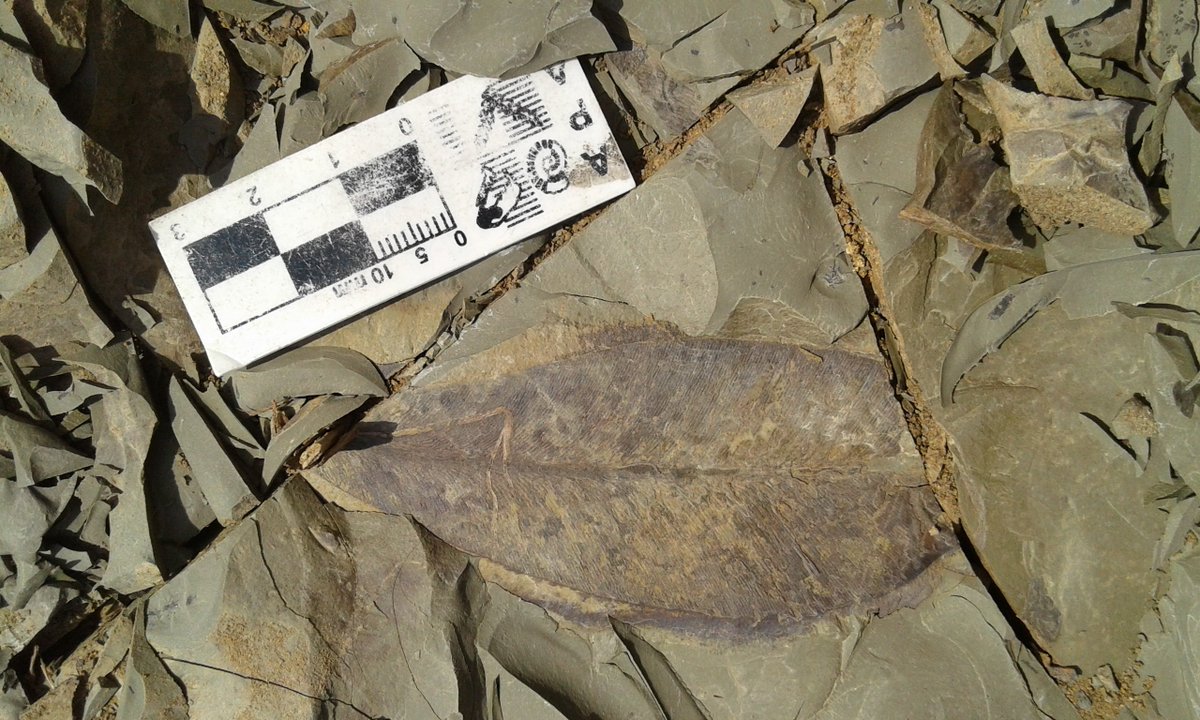
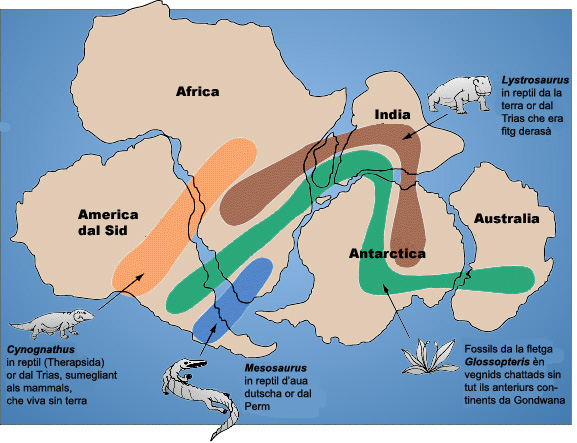
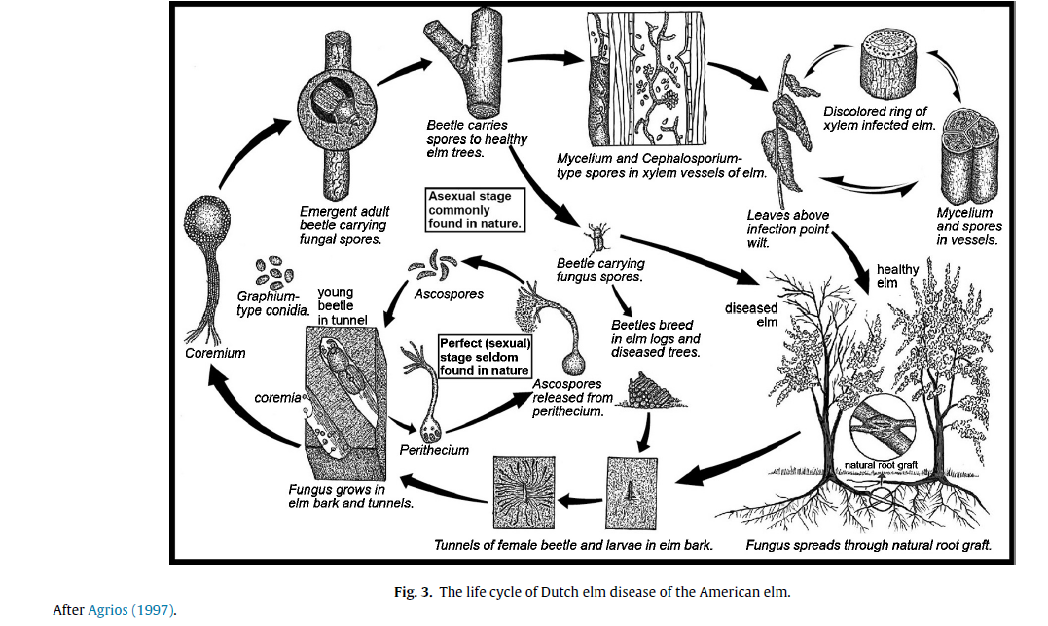
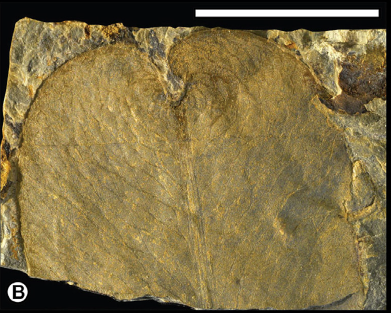
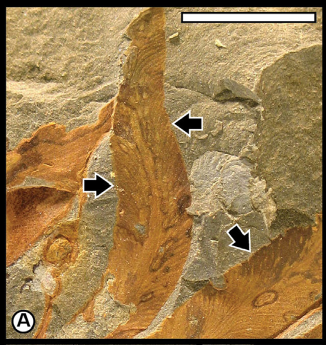
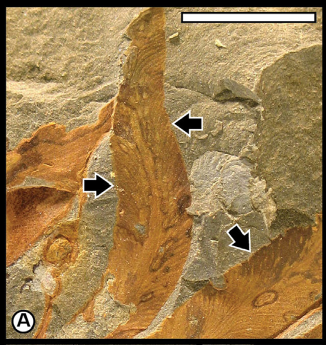
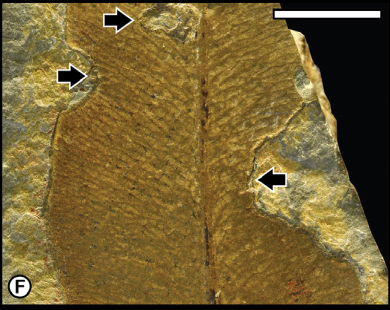
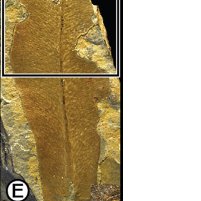
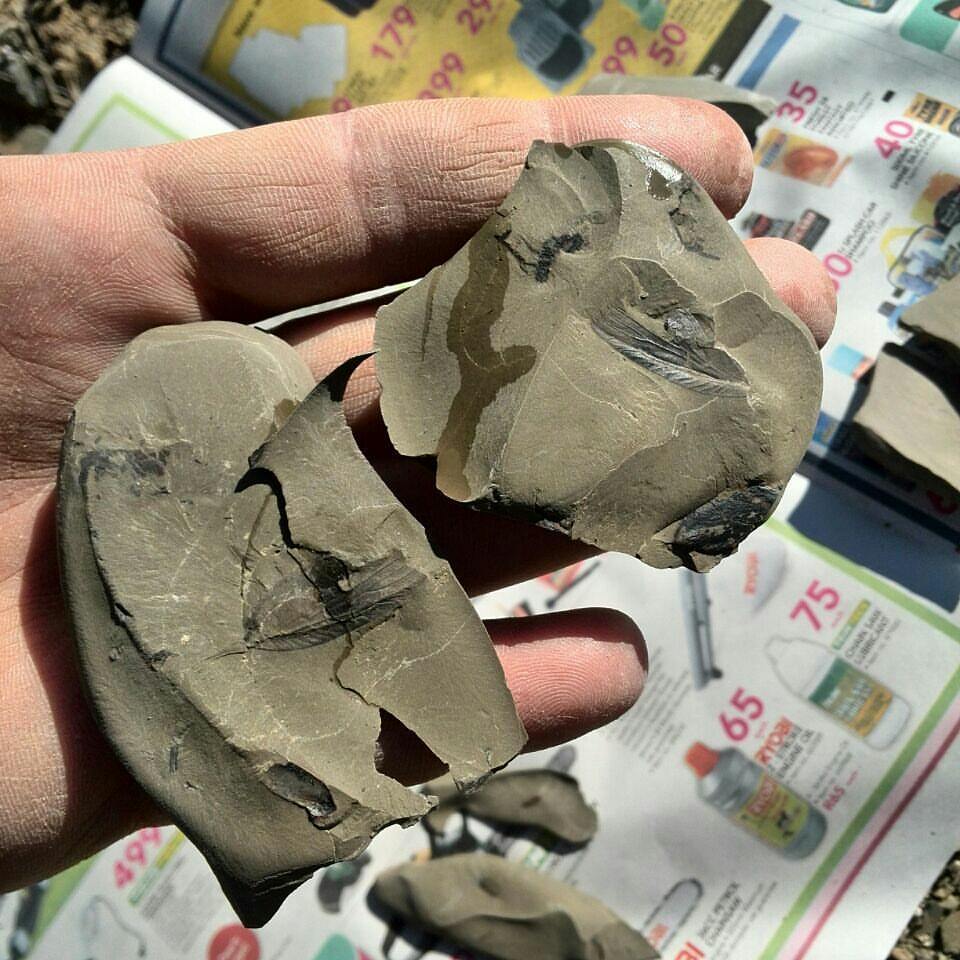
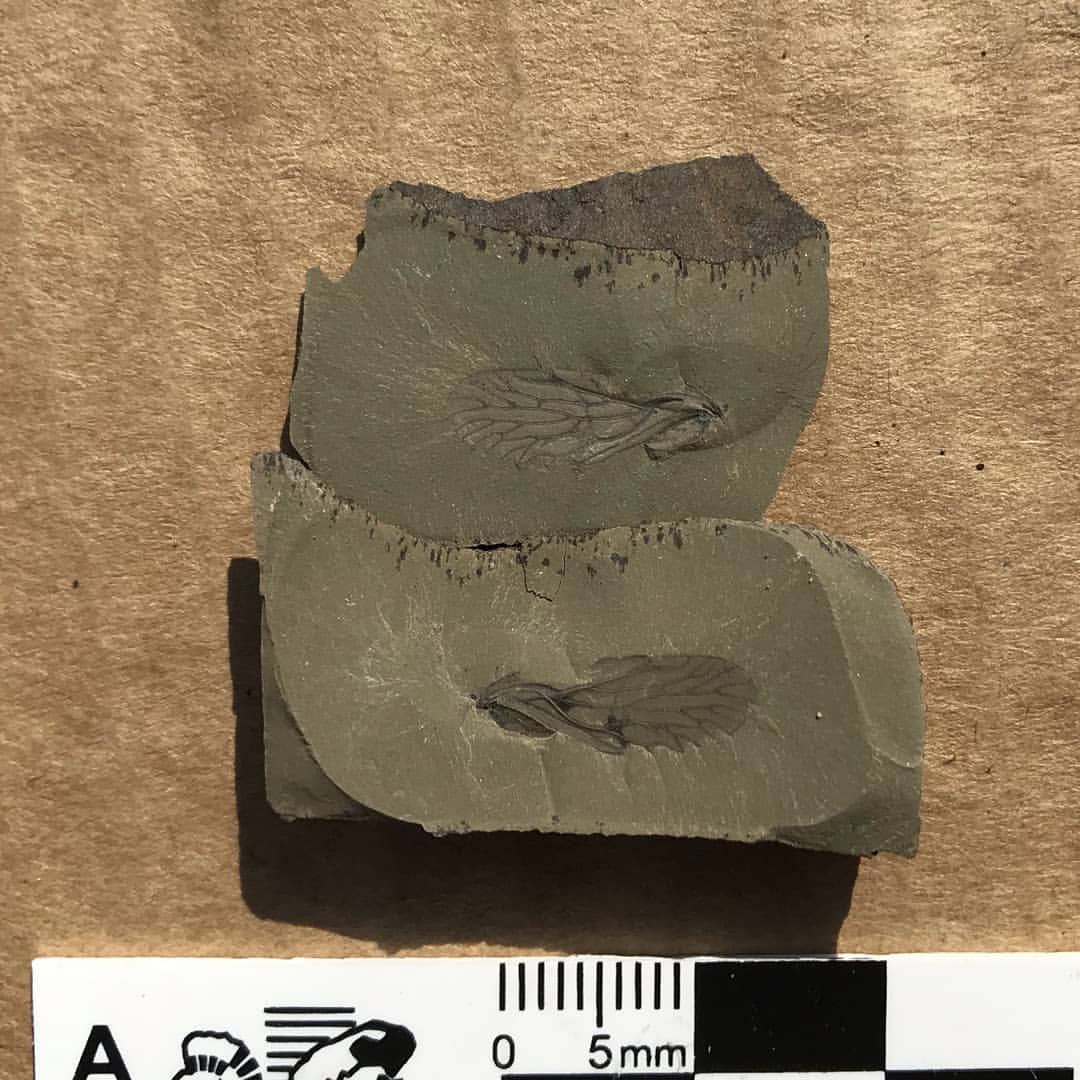
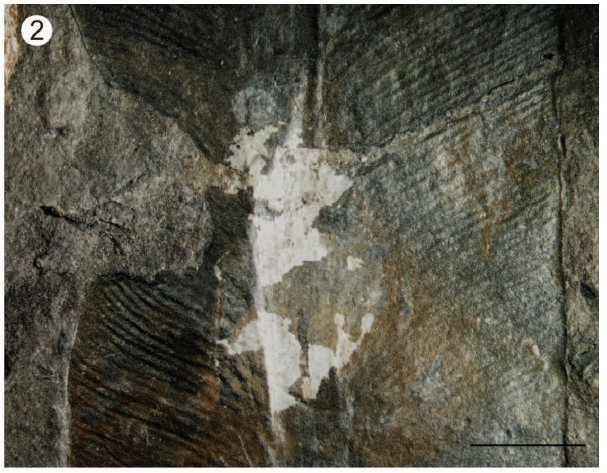
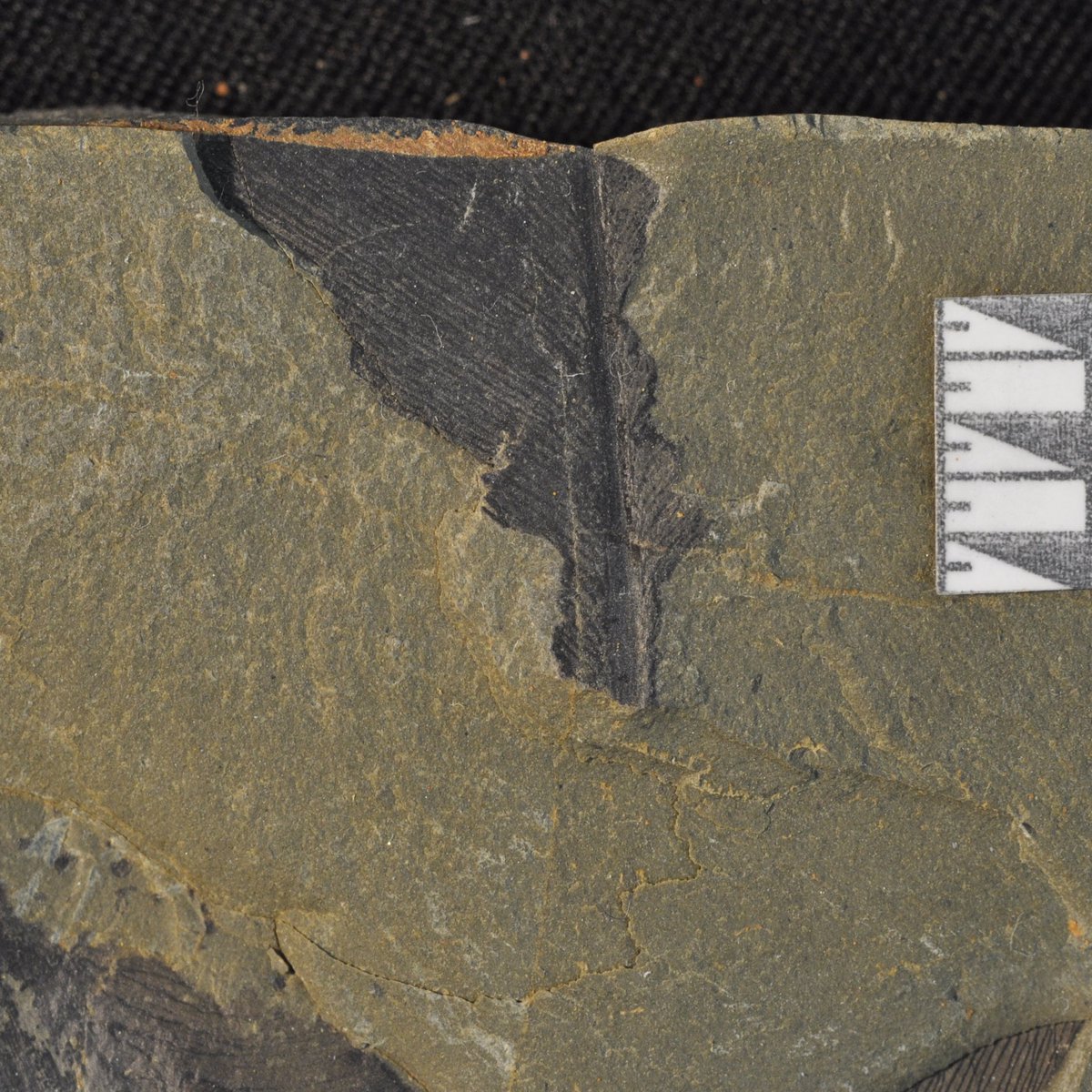
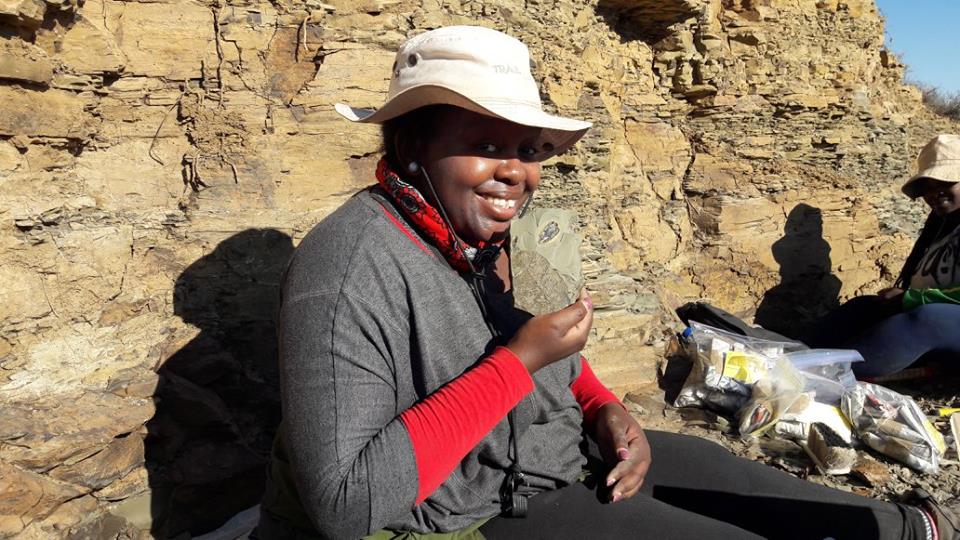 " title="This thread is brought to you by Aviwe and Bari @barix10 Next week we go into detail about galls and ovipositions https://abs.twimg.com/emoji/v2/... draggable="false" alt="😊" title="Lächelndes Gesicht mit lächelnden Augen" aria-label="Emoji: Lächelndes Gesicht mit lächelnden Augen">">
" title="This thread is brought to you by Aviwe and Bari @barix10 Next week we go into detail about galls and ovipositions https://abs.twimg.com/emoji/v2/... draggable="false" alt="😊" title="Lächelndes Gesicht mit lächelnden Augen" aria-label="Emoji: Lächelndes Gesicht mit lächelnden Augen">">
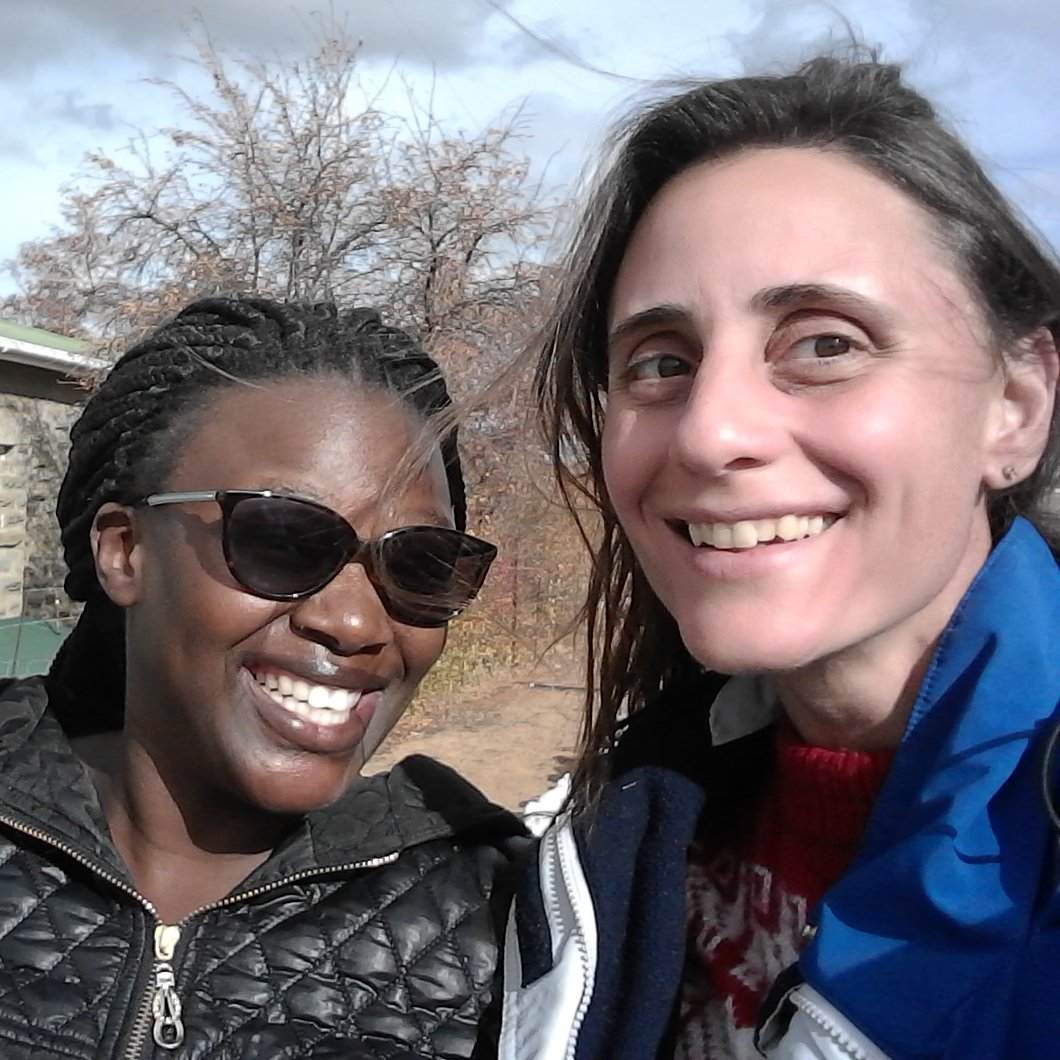 " title="This thread is brought to you by Aviwe and Bari @barix10 Next week we go into detail about galls and ovipositions https://abs.twimg.com/emoji/v2/... draggable="false" alt="😊" title="Lächelndes Gesicht mit lächelnden Augen" aria-label="Emoji: Lächelndes Gesicht mit lächelnden Augen">">
" title="This thread is brought to you by Aviwe and Bari @barix10 Next week we go into detail about galls and ovipositions https://abs.twimg.com/emoji/v2/... draggable="false" alt="😊" title="Lächelndes Gesicht mit lächelnden Augen" aria-label="Emoji: Lächelndes Gesicht mit lächelnden Augen">">


